Quick Answer
Table lamps and floor lamps do not have to match. While matching sets can create a seamless and cohesive look, mixing different styles, shapes, and materials of table and floor lamps can add visual interest and reflect personal taste. Opt for complementary designs or unified elements if you choose to mix lamps to ensure the space feels intentional and harmoniously decorated. Whether matched or mixed, consider the scale, color scheme, and functionality to achieve a well-balanced and inviting living room atmosphere.
Introduction
Lighting can make or break the feel of your living room, and there's always that little dilemma: should all the lamps match, or is it cool to mix things up? Matching table and floor lamps can give your space a sort of seamless look, nice and easy on the eyes. But hey, going for different styles can add some zest and show off your unique taste too. We're here to talk about how each choice works and how to pull it off without your place looking like a jumble sale. Whether you lean towards the matchy-matchy comfort or the bold statement of variety, let’s shed some light on making your living room shine just right.
What Makes Matching Table Lamps and Floor Lamps So Appealing?
There’s something deeply satisfying about a set of lamps that match. It’s like they're part of the same family, and that unity can make even a room full of mismatched furniture feel more together.
Keep It Flowing
Ever notice how a good song has a rhythm that just carries you along? That’s what matching lamps can do for your eyes in a room. They create a smooth flow that guides you from one end of the room to the other without any jarring stops. If your living room is already a patchwork of colors or patterns, a set of matching lamps can be the thread that ties it all together.
Can Decor Really Calm You Down?
Yep, it sure can. There’s a kind of peace that comes from a room where everything knows its place. A matched set of table and floor lamps can be just the thing to help you unwind after a busy day. They give off this easy, orderly vibe that turns your living room into a no-stress zone, where every piece just naturally goes with the beat.
No Fuss, No Muss
Decorating your space shouldn't be another stressor. With matching lamps, you take the guesswork out of the equation. You won’t have to stand in the store aisle wondering if this lamp will clash with that chair. It’s like having a reliable recipe that you know will come out great every time.
Standing the Test of Time
Trends may shift, but some looks last forever. Matching your table and floor lamps isn’t just a passing fad; it’s a classic move that’ll keep your living room looking sharp for years to come. It's the interior design equivalent of a favorite timeless tune that never gets old.
Does It Really Pull the Room Together?
Absolutely. Think of matched lamps as the final note in your living room symphony – subtle, yet powerful. They’re that finishing touch that says you’ve thought about the big picture, bringing harmony to your home's soundtrack.
Shop Our Premium Lighting Collection
Explore our hand-selected bestsellers featuring crystal chandliers, pendant lights, wall scones and authentic alabaster stone:
Why Mix Table Lamps and Floor Lamps in Your Living Room?
There's something cool about walking into a living room and seeing different types of lamps. Mixing it up means you can play around with sizes, shapes, and colors to find the perfect combo that lights up your space just right.
Can Lamps Be Personal?
Definitely! Each lamp you choose says a little bit about you. A sleek modern lamp might show off your love for all things contemporary, while a classic table lamp could hint at a taste for tradition. When you mix different lamp styles, you're putting together a living room that's a reflection of your personality.
How Does Everything Come Together?
Going eclectic is about mixing lamp styles to create a unique, interesting look in your room. It's not random; it's about getting different lamps that somehow fit well together, even though they’re not the same. You could have a metal floor lamp next to a wooden table lamp, and if they both look good in the space, you've nailed it!
Mixing lamps isn't just throwing different things into a room and hoping for the best. It's about choosing each piece thoughtfully so that even though they're different, they feel like they belong together. This way, your living room can be a space full of variety without looking cluttered or mismatched.
How to Pair Table and Floor Lamps Like a Pro
Pairing table and floor lamps like a pro means looking at your lighting as part of your living room decor. The right combination not only brightens up your space but also adds character to it. Here’s how you can do it with confidence:
| Aspect | Table Lamp | Floor Lamp | Matching Tip |
| Texture | Hammered metal base | Smooth, matte black stand | Mix textures for depth; the reflective quality of hammered metal pairs well with matte finishes. |
| Shape | Round, bulbous base | Slender, elongated pole | Play with shapes; a round table lamp can soften the look next to the angular lines of a tall floor lamp. |
| Shade Type | Directional task shade | Diffused, large drum shade | Balance light diffusion; use a directional shade for reading at the table and a softer, broader light from the floor lamp. |
| Height Variation | Short with an extended arm | Tall with a fixed shade | Vary height and form; a low-profile table lamp with reach can complement a static, taller floor lamp. |
| Theme Consistency | Industrial exposed bulb design | Minimalist lamp with industrial accents | Keep thematic elements consistent; an industrial table lamp pairs seamlessly with minimalistic designs that have industrial touches. |
Here are some quick pairings to get you started:
- Classic Combo: A traditional brass table lamp with a pleated shade + A tall, slender floor lamp with a swing arm.
- Modern Mix: A minimalist table lamp with a concrete base + A sleek, metallic arc floor lamp.
- Boho Blend: A colorful mosaic table lamp + A rattan or bamboo floor lamp with a fabric shade.
- Eclectic Ensemble: A vintage desk lamp with character + A modern, industrial floor lamp with exposed bulbs.
Pairing table and floor lamps in your living room doesn't need to be complicated. Stick to the theme of your decor, balance the colors and sizes, choose the right light for your needs, and connect the lamps through a common detail. With these tips, you'll be able to illuminate your home like a pro and create a space that’s both functional and stylish.
How to Mix Table Lamps and Floor Lamps Effectively
Lighting your home is like adding the final touches to a painting – it brings everything together. Using both table lamps and floor lamps can make your rooms feel cozy and well-lit. When you’re deciding how to mix these types of lamps, think about the look and feel of each lamp along with how they’ll all fit in your room.
| Aspect | Table Lamp Example | Floor Lamp Example | Mix and Match Tip |
| Material | Wooden base with linen shade | Metal tripod with industrial edge | Choose complementary materials that work within the same color palette; warm woods with black metals add contrast yet harmony. |
| Design | Simple cylinder | Decorative torchiere | Pair a simple table lamp design with a more decorative floor lamp to balance visual interest without overwhelming the space. |
| Color | Monochrome black | Metallic silver | Use monochrome table lamps to anchor the space, paired with metallic floor lamps to add a touch of elegance and reflection. |
| Size & Proportion | Delicate with a small footprint | Sturdy with a wide base | Balance the physical presence of lamps by pairing a small, delicate table lamp with a larger, more anchored floor lamp for stability. |
| Style | Art Deco with glass and chrome | Contemporary minimalist | Combine an Art Deco table lamp with a modern floor lamp to bridge different eras in a cohesive design language. |
| Lighting Effect | Ambient glow | Directed reading light | Use a table lamp with a softer glow for ambient light and pair it with a floor lamp that provides focused, task-oriented lighting. |
When mixing your lamps, here are some easy tips to remember:
- Material Matters: Different materials can look good together. For example, a lamp with a marble base can look classy with a lot of different floor lamps, even ones made from metal or dark wood.
- Play with Sizes: Don’t be afraid to mix a small lamp with a large one. It can make the living room more interesting.
- Color Combos: If you've got a colorful table lamp, try putting it with a floor lamp that has a simpler color. This way, the colorful lamp stands out, and the room doesn't get too busy.
- Styling Together: You can totally put an old-looking lamp with a newer, sleeker one. It gives your space a cool mix of different times and tastes.
Not every lamp has to match perfectly. They should just look good together to you. And it's important to have lamps that are the right size for where you're putting them. A really big lamp might look strange on a tiny table, and a tiny lamp might get lost beside a big chair.
Common Mistakes to Avoid When Mixing or Matching Lamps
1. Disregarding Lamp Scale
A frequent error is not considering the size and height of lamps in relation to the surrounding furniture. A lamp that's too big can dominate a small table, while a tiny lamp might get lost on a large console. It’s important to choose lamps that are well-proportioned to their location in the room.
2. Mismatched Color Temperatures
Mixing lamps with different color temperatures without intending to can make your space feel disjointed. A warm yellow light from one lamp clashing with a cold white beam from another can disrupt the overall ambiance of your living room. Aim for consistency in lighting temperature for a cohesive atmosphere.
3. Choosing Conflicting Styles
Trying to pair lamps of dramatically different styles without a unifying element can lead to a confusing look. For example, placing a rustic, country-style lamp in an ultra-modern room may stick out uncomfortably. It's usually best to stick within the same style family or ensure there's a design feature that connects different-looking lamps.
4. Ignoring the Room's Color Scheme
Introducing a lamp with colors that clash with your existing decor can create visual discord. Ensure that any new lamp additions have colors that either match or complement the room’s color palette.
5. Forgetting About Functionality
Sometimes, lamps are chosen based purely on aesthetics without considering their purpose. A beautiful lamp that doesn’t provide the right kind of light for its intended use is not a good match for your space. Consider what you'll be doing in the area around the lamp, such as reading or relaxing, and select a lamp that supports these activities.
Light Up Your Space with Confidence
Getting the lamp setup right in your living room is all about keeping things balanced. Stick to similar sizes, light shades, and styles to make sure everything fits together nicely. By avoiding common pitfalls such as disproportionate sizes, clashing light qualities, and conflicting designs, you can create a harmonious atmosphere that not only lights up your room but also brings together the various elements of your decor with grace and ease.

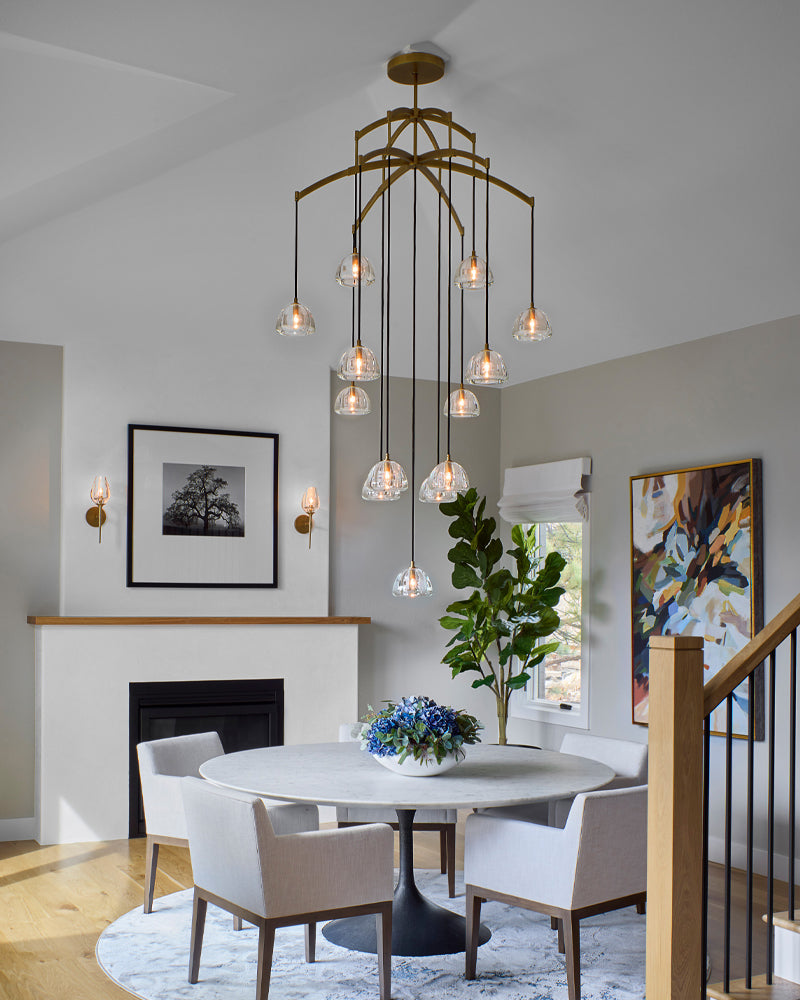
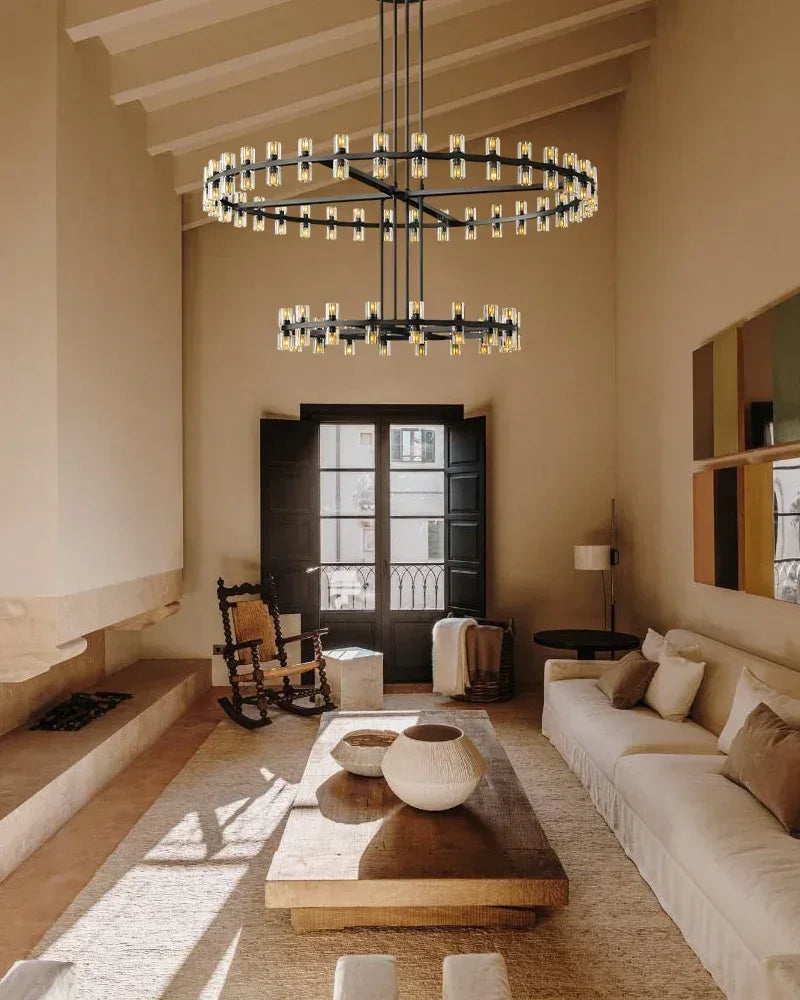
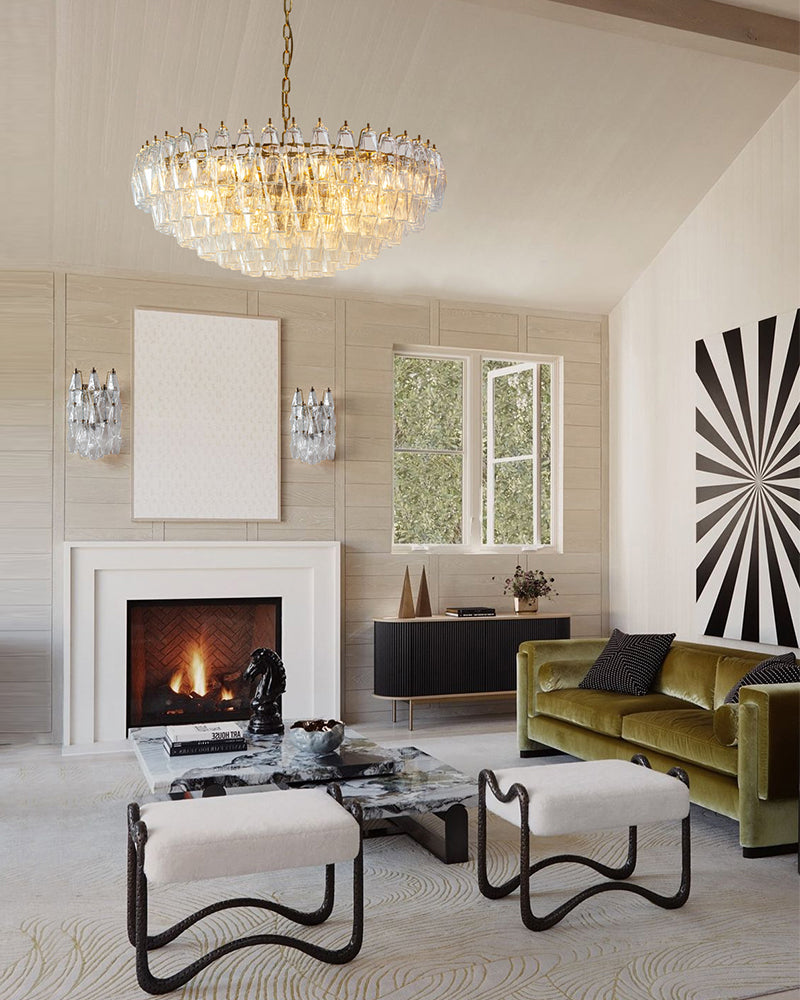
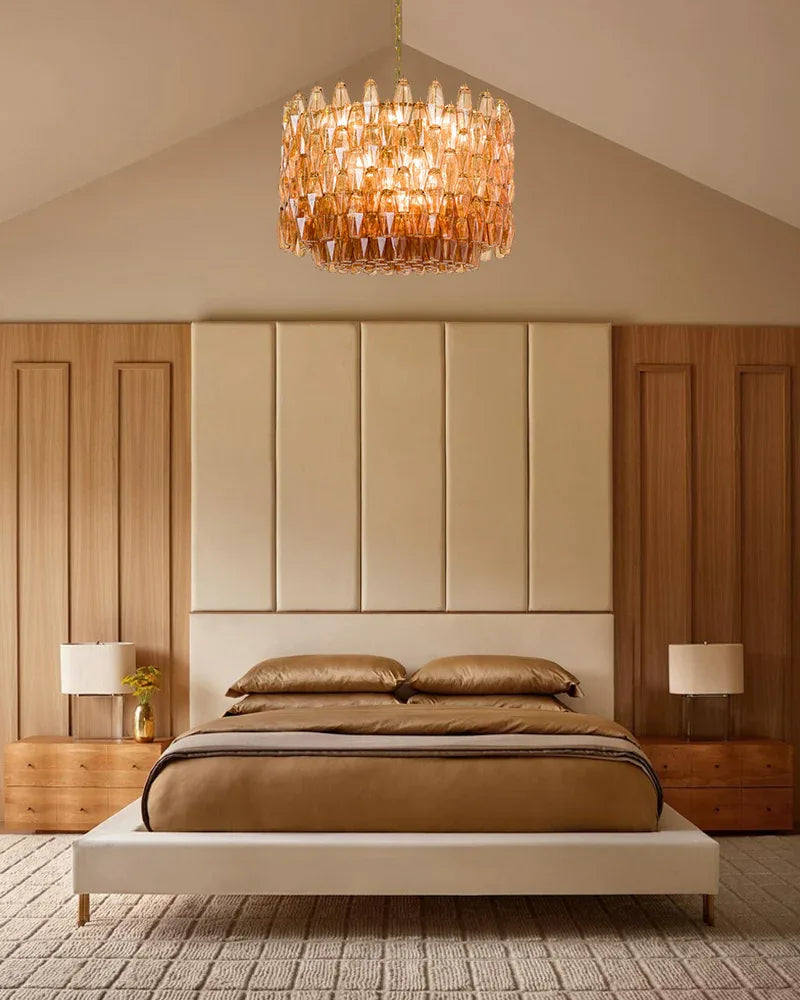
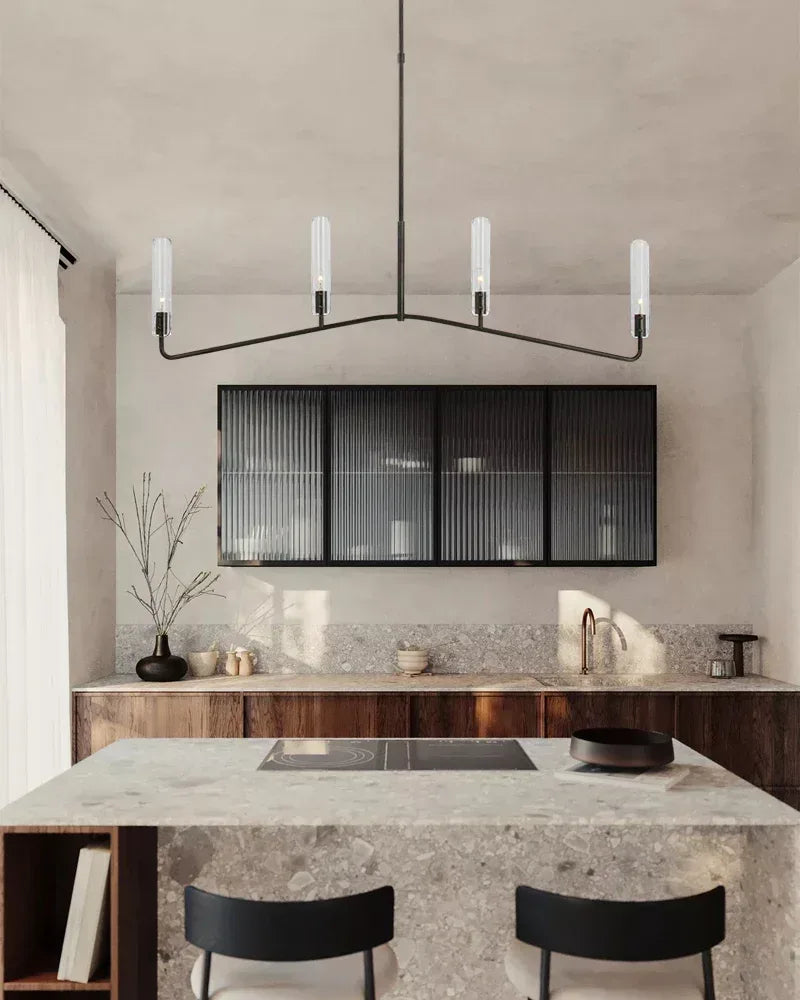
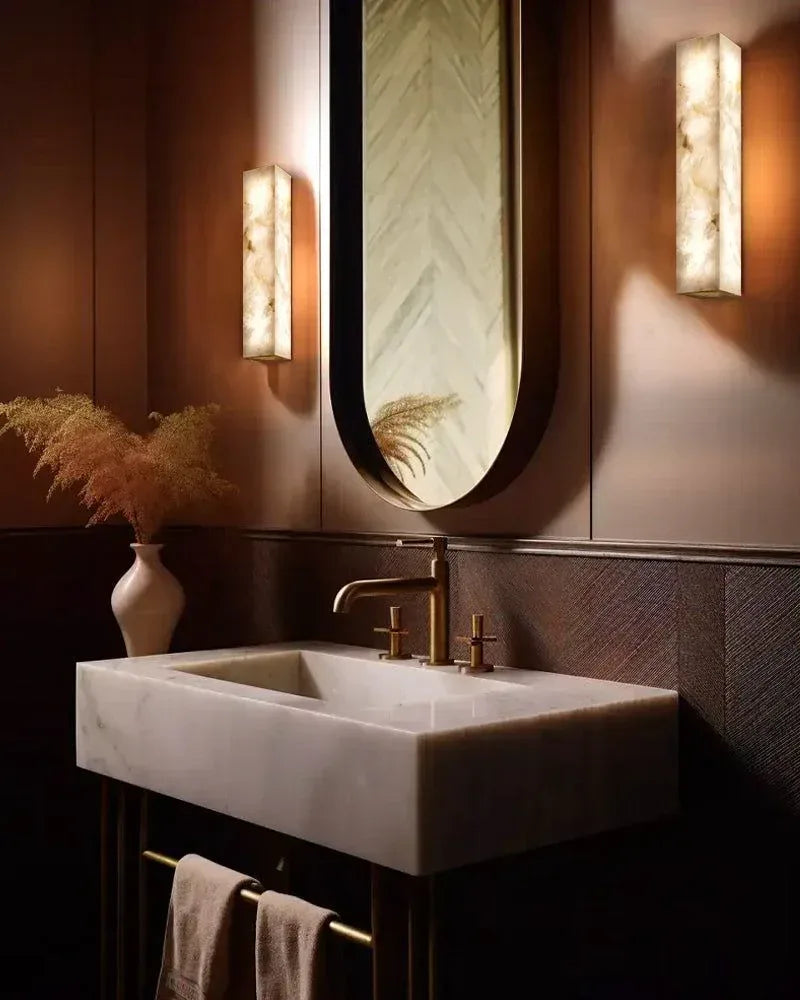

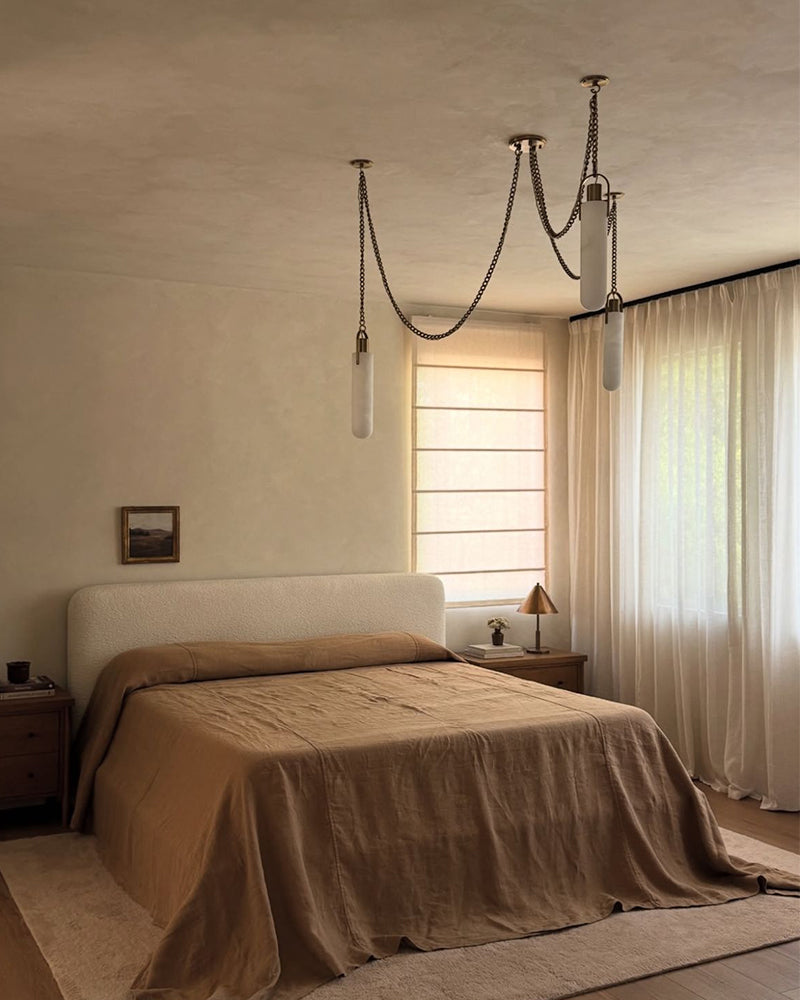
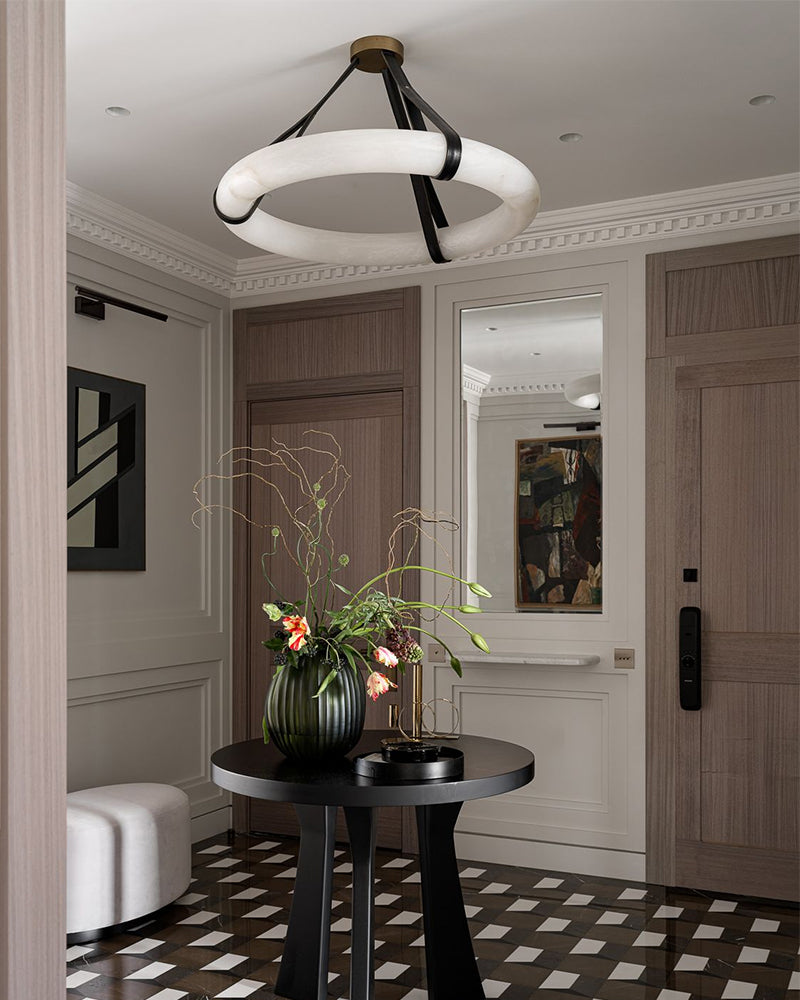
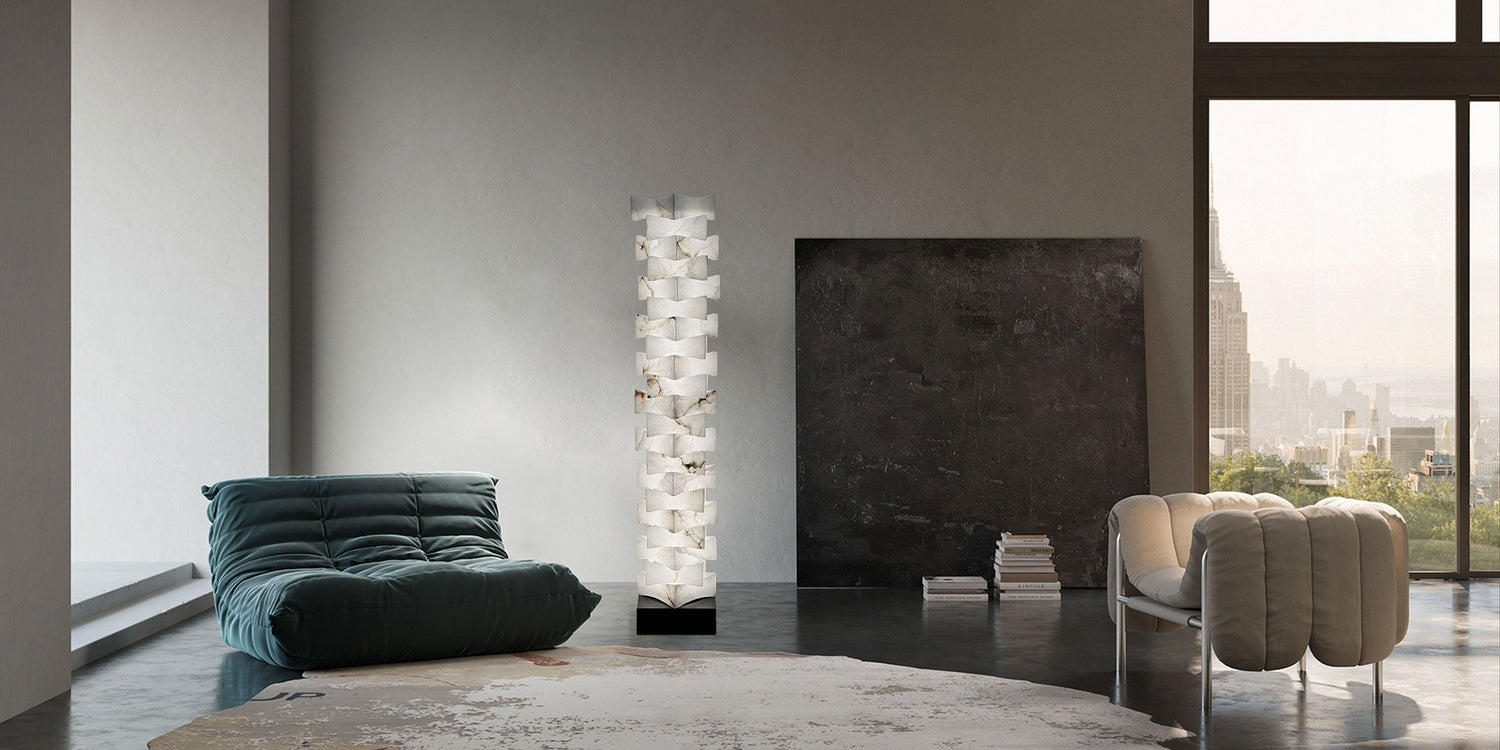

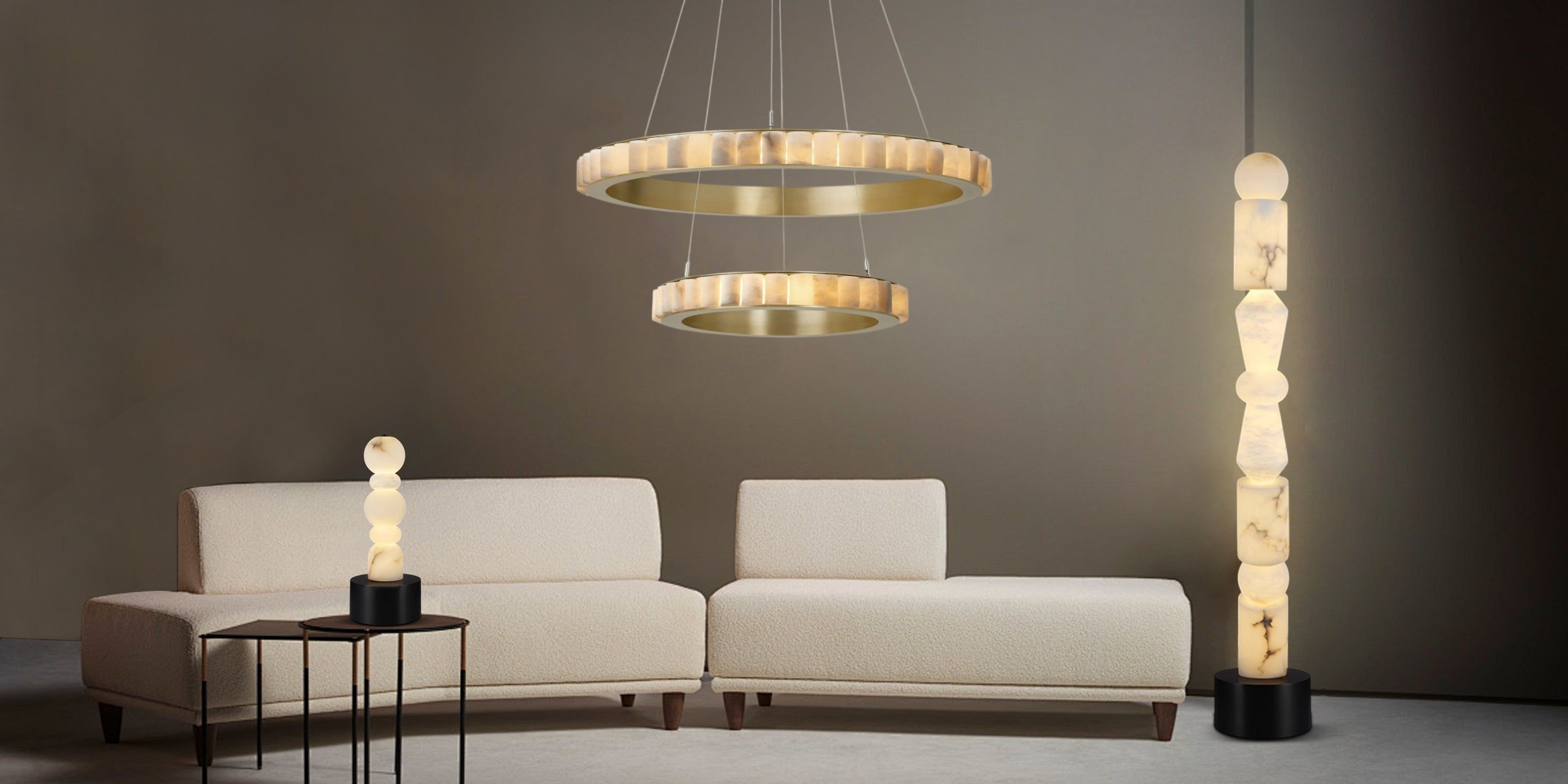
Leave a comment
This site is protected by hCaptcha and the hCaptcha Privacy Policy and Terms of Service apply.